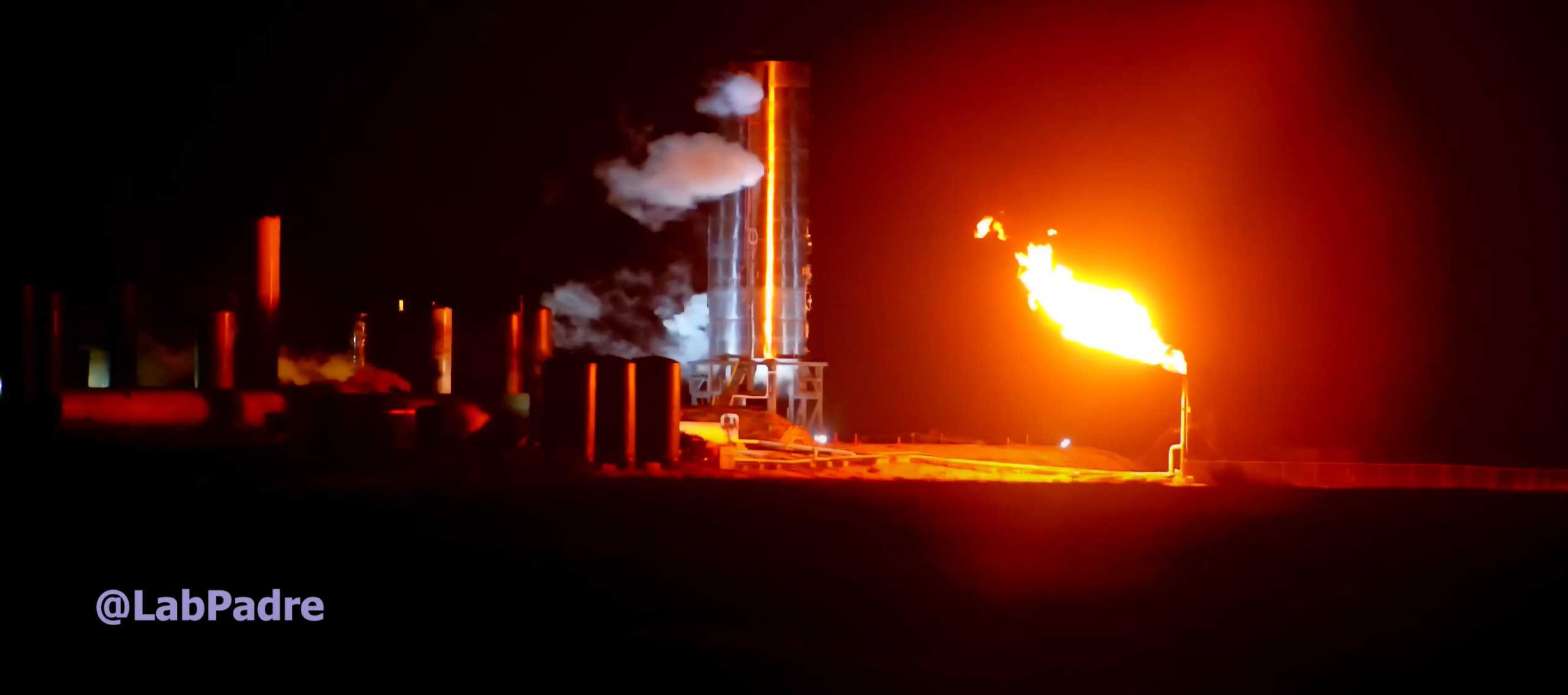
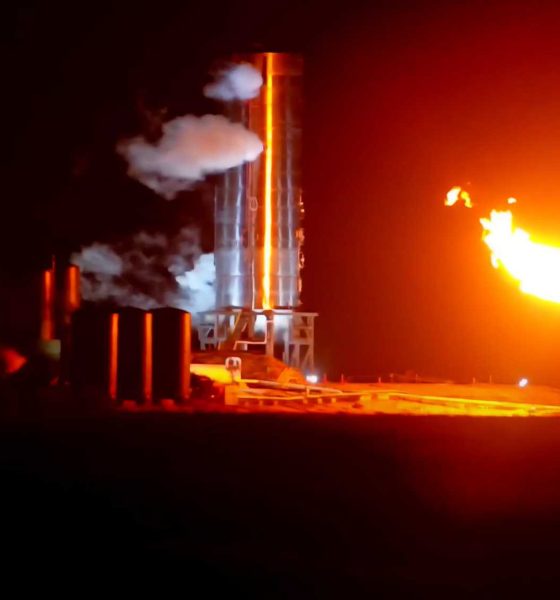
News
SpaceX’s Starship rocket program just had one of its best nights yet
Before dawn on May 4th, SpaceX successfully fueled a full-scale Starship prototype and (partially) tested an installed Raptor engine for the first time ever – perhaps the Starship program’s best night yet.
While just a small test relative to what’s soon to come, the milestone is still an extremely significant one for SpaceX and its next-generation launch vehicle. Designed to launch atop the Super Heavy booster, both Starship and its booster are meant to be fully reusable, potentially making the launch system one of the cheapest in operation on Earth. Despite that unprecedented full reusability, they should still be able to place dozens (perhaps up to 100-150+) metric tons of payload into orbit in a single launch.
To get to that point, however, SpaceX must develop and demonstrate a cornucopia of technologies and approaches – most of which are unprecedented – at a scale unmatched by ever other launch vehicle in history, save two or three. It was perhaps the most fundamental of those steps that was on the table earlier this morning.
Perhaps the single most important and uncertain part of SpaceX’s ambitious Starship architecture, SpaceX’s May 4th wet dress rehearsal (WDR) was mainly a test of Starship’s overall structure and the manufacturing apparatus SpaceX has created to build it. Despite how exotic and challenging some of Starship’s goals may sound, SpaceX’s approach to production for its newest launch vehicle is arguably the single biggest risk for the program.
Notably, CEO Elon Musk says that the ultimate goal is to roll out a single finished Starship rocket every single week and at a cost of something like $5-10 million per vehicle. Including the Super Heavy booster, the production goals of which remain unknown, SpaceX effectively wants to mass-produce dozens of fully-reusable rockets – all larger (and potentially more capable) than NASA’s Saturn V Moon rocket – for anywhere from a tenth to a hundredth of the cost.
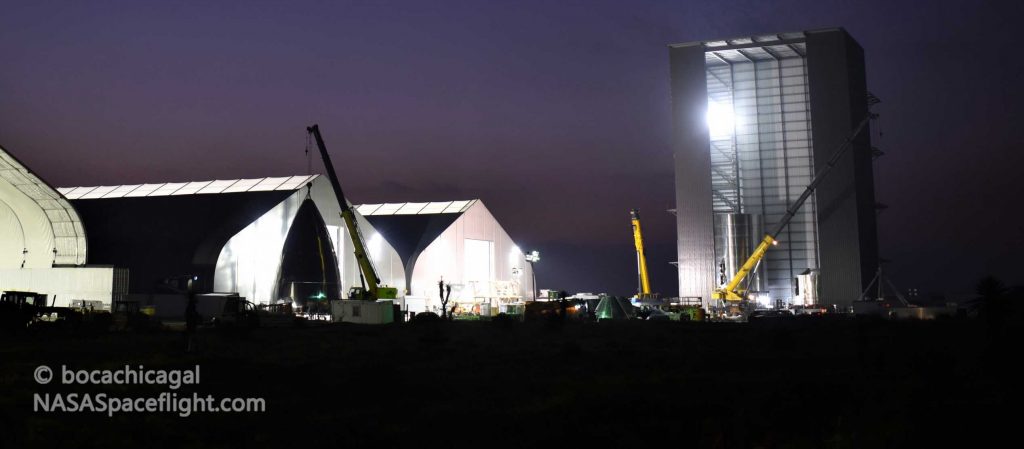
As if those goals weren’t ambitious enough, SpaceX intends to achieve them with perhaps the most spartan, minimalist factory ever attempted for orbital-class rockets. At the moment, all Starship hardware built by SpaceX to date has been manufactured in a series of tents, more recently graduating to a trio of warehouse-sized sprung structures. A large hangar – apparently dedicated to building pad infrastructure – is just shy of complete, while a separate windbreak structure and a vertical assembly building (VAB) are used to stack (assemble) full-scale Starship subsections built inside tents.
Unlike almost every other launch vehicle in history, Starship production – excluding its Raptor engines and certain other subassemblies and parts – is done in tents and is almost entirely divorced of the clean room operations rocket factories are famous for. Despite the extensive use of hand-welded seams and parts on SpaceX’s early Starship prototypes, the company has already proven that it’s well on its way to building Starships in just a week or two.
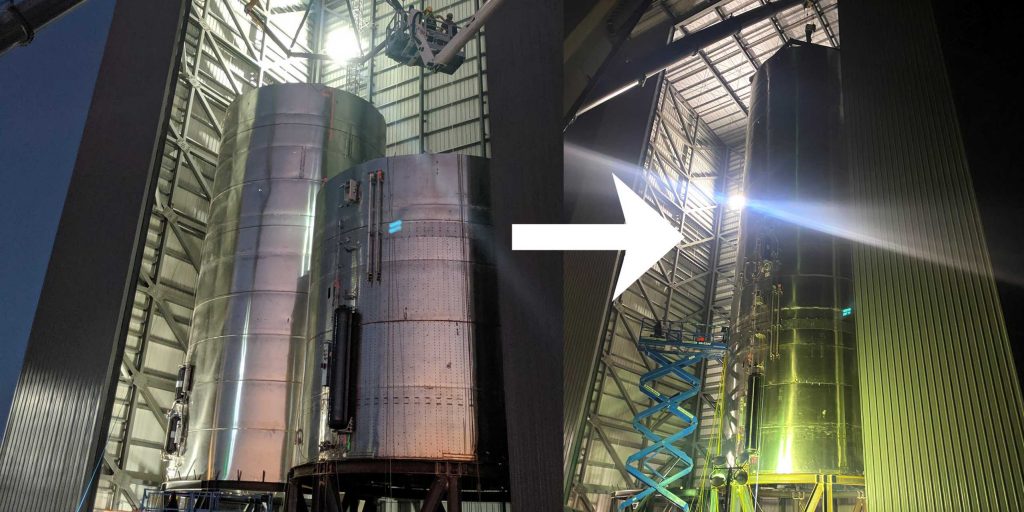
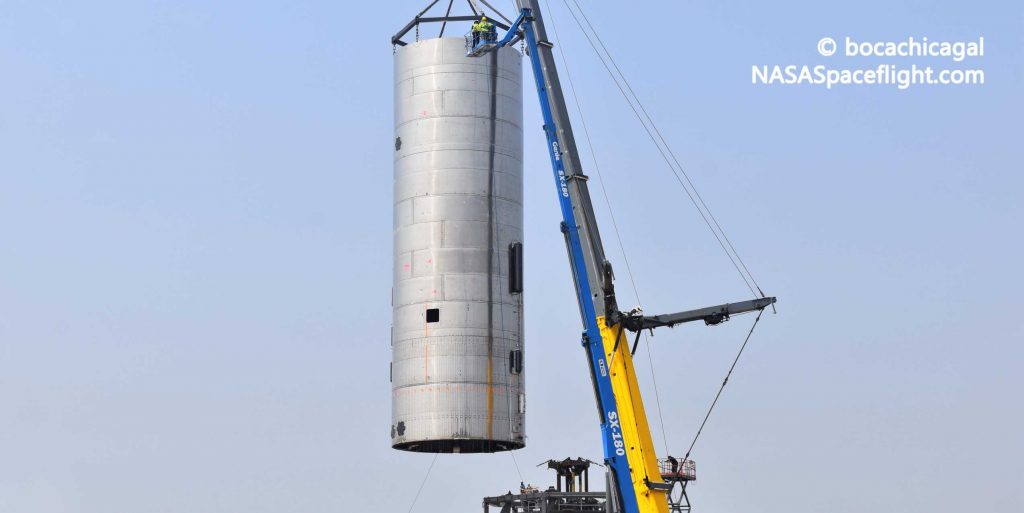
While it appears that SpaceX only performed a partial wet dress rehearsal with liquid methane and oxygen and completed a test of part of Starship SN4’s installed Raptor engine (known as the preburner), it means that a Starship has survived a truly launch vehicle-like procedure for the first time ever. In other words, Starship SN4’s May 4th success served as SpaceX’s most important verification yet that its exotic Starship manufacturing approach could be viable for building actual orbital-class rockets.
Up next, SpaceX will attempt to perform a full wet dress rehearsal (WDR) and a static fire test of Starship SN4 and its lone Raptor engine. That test attempt could come as soon as this evening.

News
Tesla dispels reports of ‘sales suspension’ in California
“This was a “consumer protection” order about the use of the term “Autopilot” in a case where not one single customer came forward to say there’s a problem.
Sales in California will continue uninterrupted.”

Tesla has dispelled reports that it is facing a thirty-day sales suspension in California after the state’s Department of Motor Vehicles (DMV) issued a penalty to the company after a judge ruled it “misled consumers about its driver-assistance technology.”
On Tuesday, Bloomberg reported that the California DMV was planning to adopt the penalty but decided to put it on ice for ninety days, giving Tesla an opportunity to “come into compliance.”
Tesla enters interesting situation with Full Self-Driving in California
Tesla responded to the report on Tuesday evening, after it came out, stating that this was a “consumer protection” order that was brought up over its use of the term “Autopilot.”
The company said “not one single customer came forward to say there’s a problem,” yet a judge and the DMV determined it was, so they want to apply the penalty if Tesla doesn’t oblige.
However, Tesla said that its sales operations in California “will continue uninterrupted.”
It confirmed this in an X post on Tuesday night:
This was a “consumer protection” order about the use of the term “Autopilot” in a case where not one single customer came forward to say there’s a problem.
Sales in California will continue uninterrupted.
— Tesla North America (@tesla_na) December 17, 2025
The report and the decision by the DMV and Judge involved sparked outrage from the Tesla community, who stated that it should do its best to get out of California.
One X post said California “didn’t deserve” what Tesla had done for it in terms of employment, engineering, and innovation.
Tesla has used Autopilot and Full Self-Driving for years, but it did add the term “(Supervised)” to the end of the FSD suite earlier this year, potentially aiming to protect itself from instances like this one.
This is the first primary dispute over the terminology of Full Self-Driving, but it has undergone some scrutiny at the federal level, as some government officials have claimed the suite has “deceptive” naming. Previous Transportation Secretary Pete Buttigieg was vocally critical of the use of the name “Full Self-Driving,” as well as “Autopilot.”
News
New EV tax credit rule could impact many EV buyers
We confirmed with a Tesla Sales Advisor that any current orders that have the $7,500 tax credit applied to them must be completed by December 31, meaning delivery must take place by that date. However, it is unclear at this point whether someone could still claim the credit when filing their tax returns for 2025 as long as the order reflects an order date before September 30.
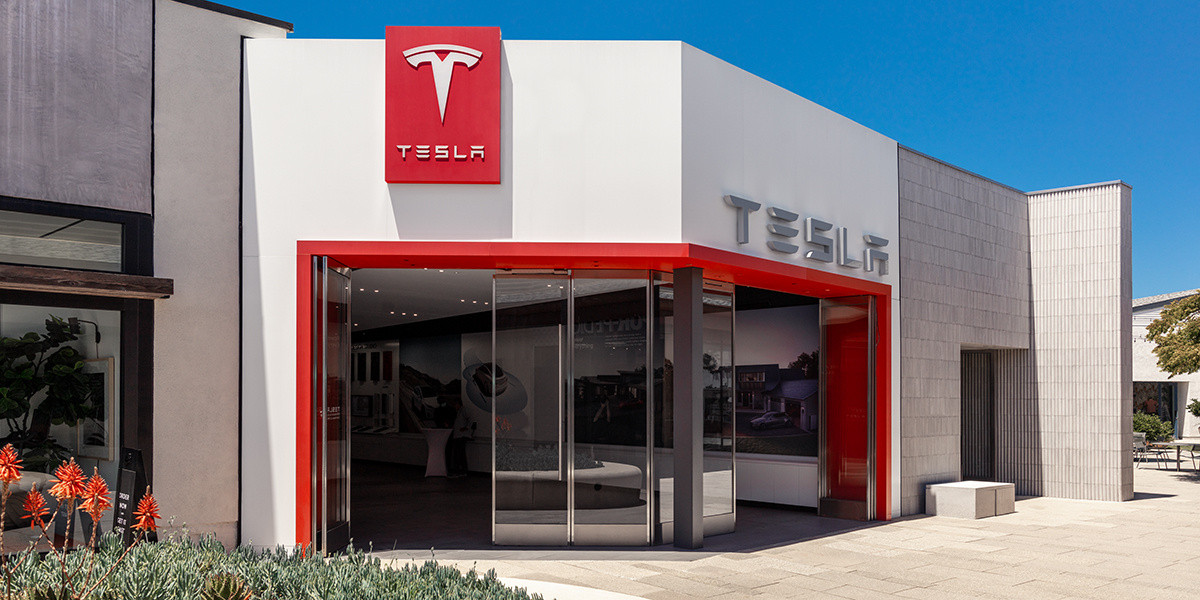
Tesla owners could be impacted by a new EV tax credit rule, which seems to be a new hoop to jump through for those who benefited from the “extension,” which allowed orderers to take delivery after the loss of the $7,500 discount.
After the Trump Administration initiated the phase-out of the $7,500 EV tax credit, many were happy to see the rules had been changed slightly, as deliveries could occur after the September 30 cutoff as long as orders were placed before the end of that month.
However, there appears to be a new threshold that EV buyers will have to go through, and it will impact their ability to get the credit, at least at the Point of Sale, for now.
Delivery must be completed by the end of the year, and buyers must take possession of the car by December 31, 2025, or they will lose the tax credit. The U.S. government will be closing the tax credit portal, which allows people to claim the credit at the Point of Sale.
🚨UPDATE: $7,500 Tax Credit Portal “Closes By End of Year”.
This is bad news for pending Tesla buyers (MYP) looking to lock in the $7,500 Tax Credit.
“it looks like the portal closes by end of the year so there be no way for us to guarantee the funds however, we will try our… pic.twitter.com/LnWiaXL30k
— DennisCW | wen my L (@DennisCW_) December 15, 2025
We confirmed with a Tesla Sales Advisor that any current orders that have the $7,500 tax credit applied to them must be completed by December 31, meaning delivery must take place by that date.
However, it is unclear at this point whether someone could still claim the credit when filing their tax returns for 2025 as long as the order reflects an order date before September 30.
If not, the order can still go through, but the buyer will not be able to claim the tax credit, meaning they will pay full price for the vehicle.
This puts some buyers in a strange limbo, especially if they placed an order for the Model Y Performance. Some deliveries have already taken place, and some are scheduled before the end of the month, but many others are not expecting deliveries until January.
Elon Musk
Elon Musk takes latest barb at Bill Gates over Tesla short position
Bill Gates placed a massive short bet against Tesla of ~1% of our total shares, which might have cost him over $10B by now
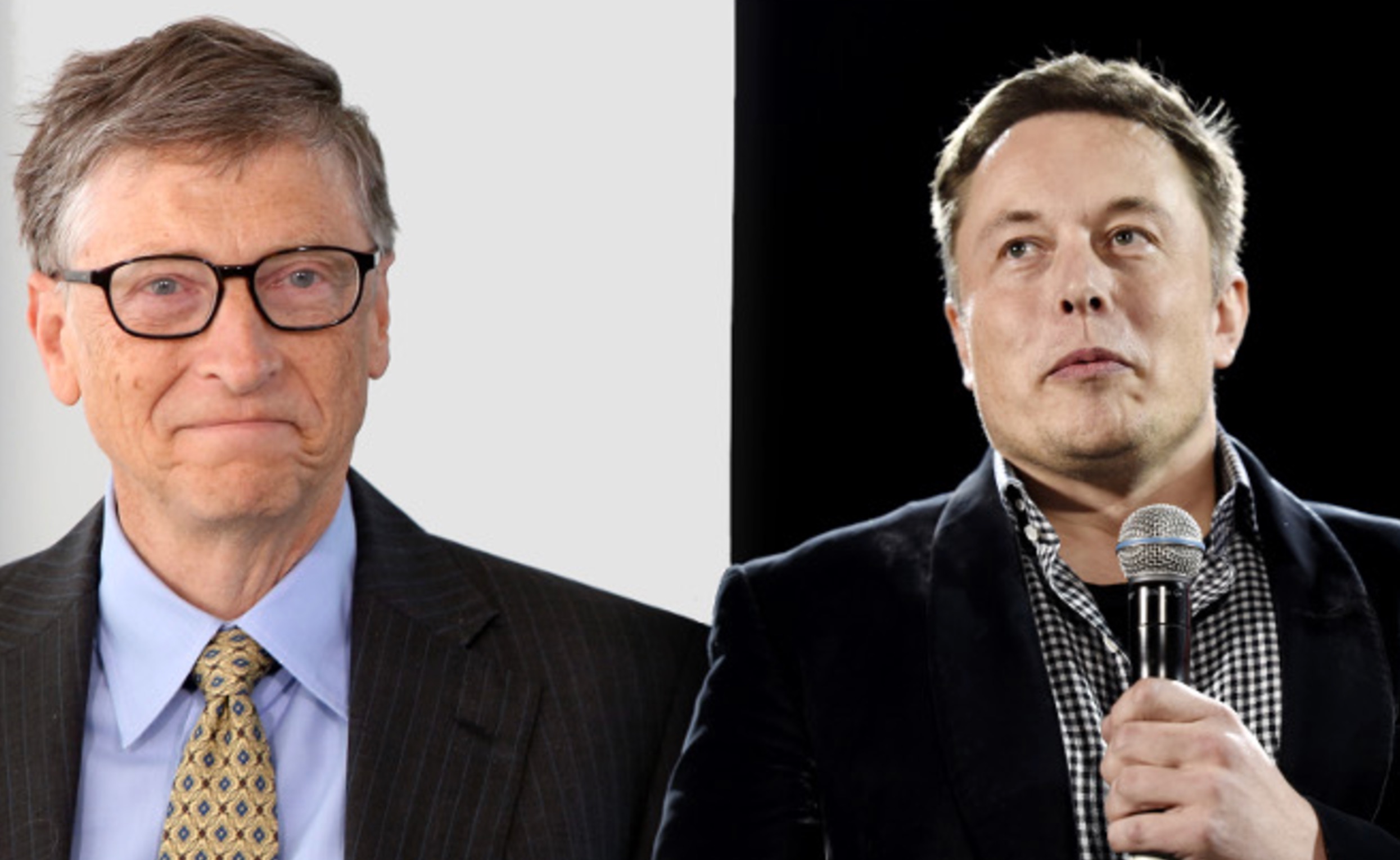
Elon Musk took his latest barb at former Microsoft CEO Bill Gates over his short position against the company, which the two have had some tensions over for a number of years.
Gates admitted to Musk several years ago through a text message that he still held a short position against his sustainable car and energy company. Ironically, Gates had contacted Musk to explore philanthropic opportunities.
Elon Musk explains Bill Gates beef: He ‘placed a massive bet on Tesla dying’
Musk said he could not take the request seriously, especially as Gates was hoping to make money on the downfall of the one company taking EVs seriously.
The Tesla frontman has continued to take shots at Gates over the years from time to time, but the latest comment came as Musk’s net worth swelled to over $600 billion. He became the first person ever to reach that threshold earlier this week, when Tesla shares increased due to Robotaxi testing without any occupants.
Musk refreshed everyone’s memory with the recent post, stating that if Gates still has his short position against Tesla, he would have lost over $10 billion by now:
Bill Gates placed a massive short bet against Tesla of ~1% of our total shares, which might have cost him over $10B by now
— Elon Musk (@elonmusk) December 17, 2025
Just a month ago, in mid-November, Musk issued his final warning to Gates over the short position, speculating whether the former Microsoft frontman had still held the bet against Tesla.
“If Gates hasn’t fully closed out the crazy short position he has held against Tesla for ~8 years, he had better do so soon,” Musk said. This came in response to The Gates Foundation dumping 65 percent of its Microsoft position.
Tesla CEO Elon Musk sends final warning to Bill Gates over short position
Musk’s involvement in the U.S. government also drew criticism from Gates, as he said that the reductions proposed by DOGE against U.S.A.I.D. were “stunning” and could cause “millions of additional deaths of kids.”
“Gates is a huge liar,” Musk responded.
It is not known whether Gates still holds his Tesla short position.








